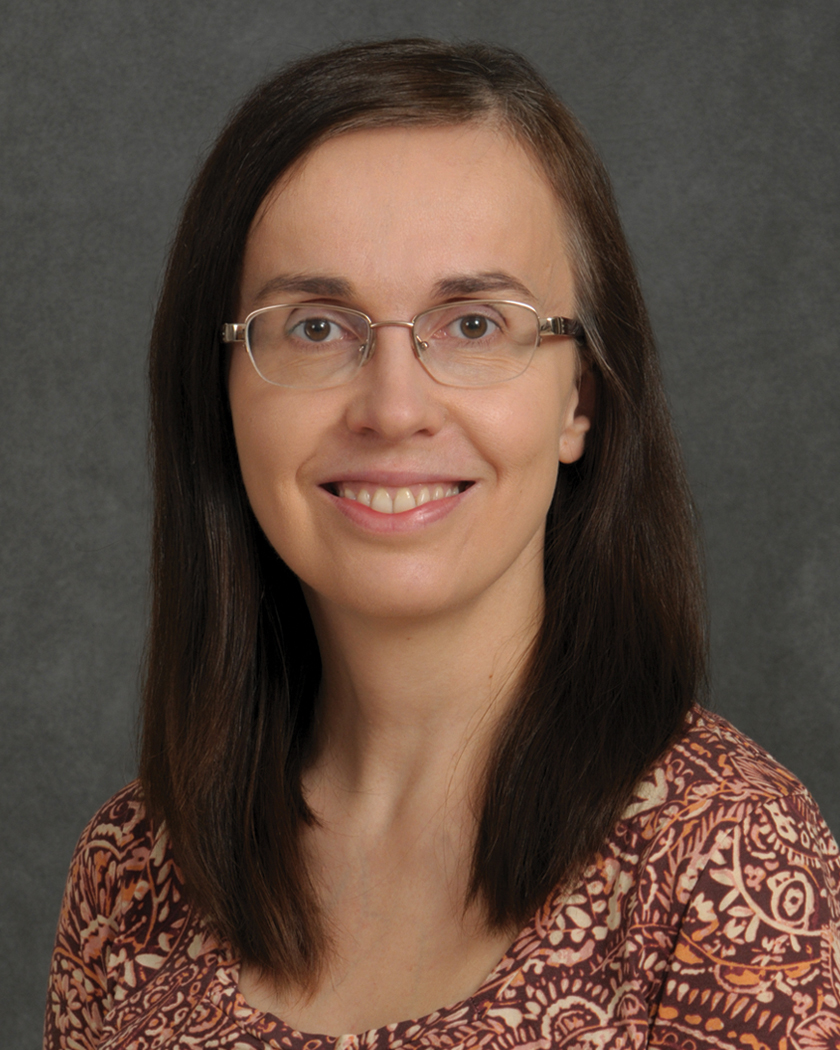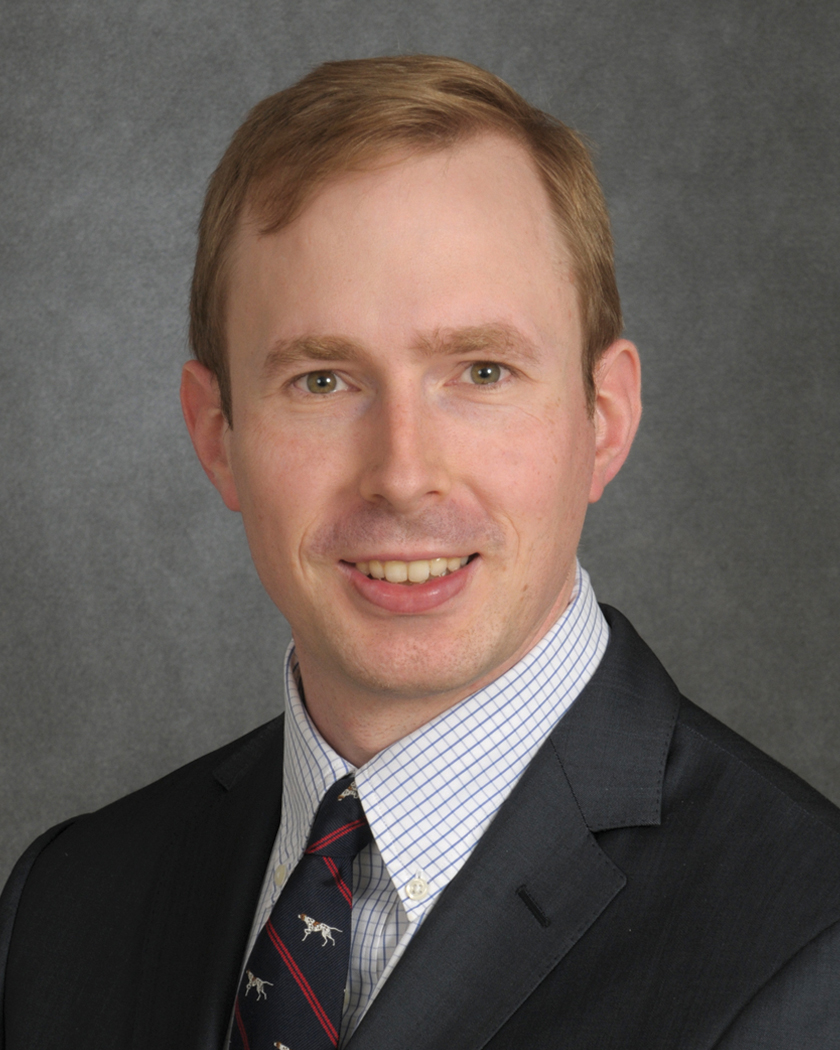Ask the Experts
 | Hanna Czarkowska, MD Movement Disorders Neurologist Stony Brook University, Neurosciences Institute Stony Brook Medicine |
 | Chuck Mikell, MD Movement Disorders and Epilepsy Neurosurgeon Stony Brook University, Neurosciences Institute Stony Brook Medicine |
Movement disorders are a group of chronic neurological disorders that can be debilitating. Establishing an accurate diagnosis about a specific movement disorder and prescribing the appropriate treatment can be challenging for many neurologists, who regularly call upon the expertise of a movement disorders neurologist. These specialists are skilled and knowledgeable in assessing and treating complex movement disorders.
What is a movement disorder?
Dr. Czarkowska: A movement disorder is any brain problem that affects your ability to use your hands and feet to do what you need to do. This could be because your limbs are rigid and you can’t initiate movements (Parkinson’s disease), your hands shake (Parkinson’s disease or essential tremor) or your muscles contract when you don’t want them to (dystonia).
My hands shake. Do I have a movement disorder?
Dr. Mikell: It’s possible. There are some people whose hands shake a little and it doesn’t get in the way of their ability to do the things they want to do. However, there are some people whose hands shake so much that they’ve stopped trying to eat soup with a spoon, write handwritten letters to loved ones or drink from a cup. If that’s you, you have a problem that should be evaluated by a neurologist knowledgeable about movement disorders, because treatment is available.
What are the most common movement disorders and their symptoms?
Dr. Czarkowska: Parkinson’s disease, essential tremor, cervical dystonia and Huntington’s disease are four of the most common movement disorders.
• Parkinson’s disease, which alone affects 1.5 million Americans, and disorders related to Parkinson’s cause the limbs to tremor when the body is at rest, and also cause muscles to tighten and become rigid, affecting your posture — all of which can make it difficult to walk and engage in daily activities.
• Essential tremor causes a person’s hands, head, chin or voice to shake rhythmically. It is noticed during an action when a limb is being used to perform a function (which is the opposite of the type of tremor that occurs when the body is at rest, with Parkinson’s).
• Cervical dystonia causes involuntary twisting or turning of the head, as well as head tremors. Other forms of dystonia can cause writer’s cramp, exaggerated blinking or involuntary jaw and mouth movements.
• Huntington’s disease causes uncontrolled movement of the arms, legs, head, face and upper body. It can also cause a decline in thinking and reasoning skills, including memory, concentration, judgment and ability to plan and organize.
How are movement disorders diagnosed?
Dr. Czarkowska: The first step is to undergo an evaluation by a movement disorders neurologist who is trained to evaluate these complex disorders and is knowledgeable about the latest treatments. At Stony Brook, when we meet a patient for an initial evaluation, we ask the patient to perform different tasks like writing, walking across the room, pouring water, drinking water and drawing spirals. From these seemingly simple tasks, we are able to carefully observe nuances in their movements and make a diagnosis.
What treatments are available?
Dr. Mikell: Treatments can range from physical therapy and rehabilitation to medicine and even brain surgery. The treatment, of course, depends on establishing an accurate diagnosis.
Why come to Stony Brook?
Dr. Czarkowska: I am one of two neurologists on our multidisciplinary team, and Dr. Mikell is a neurosurgeon who subspecializes in the care of movement disorders. Our expertise is sought out by community neurologists in diagnosing challenging cases and treating complex movement disorders. We offer medical management, botulinum toxin injection, and surgical therapy to appropriate candidates.
Who is a candidate for surgery?
Dr. Mikell: Anyone who is on medication and still suffering from bothersome symptoms of movement disorders is a potential candidate for surgery. It involves placing small wires into the brain, and stimulating them with electrical current. This procedure gives patients increased mobility, use of their hands and greater independence. The surgery is safe and effective, and many patients with Parkinson’s disease and tremor can benefit.
To schedule an appointment with Dr. Czarkowska, call (631) 444-2599. To schedule an appointment with Dr. Mikell, call (631) 444-1213.
All health and health-related information contained in this article is intended to be general and/or educational in nature and should not be used as a substitute for a visit with a healthcare professional for help, diagnosis, guidance, and treatment. The information is intended to offer only general information for individuals to discuss with their healthcare provider. It is not intended to constitute a medical diagnosis or treatment or endorsement of any particular test, treatment, procedure, service, etc. Reliance on information provided is at the user's risk. Your healthcare provider should be consulted regarding matters concerning the medical condition, treatment, and needs of you and your family. Stony Brook University/SUNY is an affirmative action, equal opportunity educator and employer.

